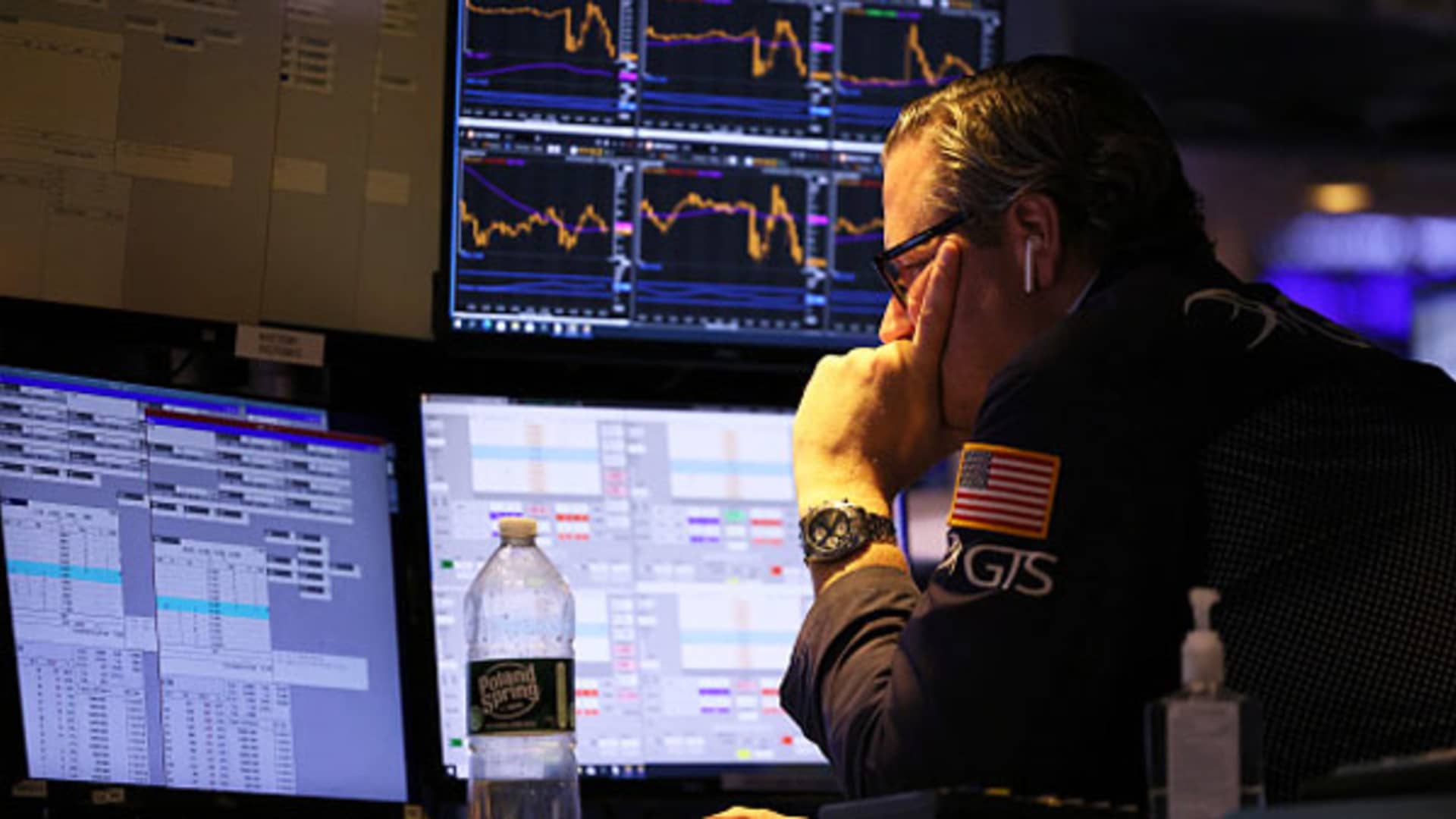The extreme market volatility is not causing hedge funds to back down.
Hedge funds’ total gross trading flow, including both long and short bets, rose for five weeks in a row and had the largest notional increase since 2017 last week heading into the Federal Reserve’s rate decision, according to Goldman Sachs’ prime brokerage data. In other words, they are putting money to work in a big way to capitalize on this market volatility for clients, likely mostly from the short side.
The industry was dialing up exposure at a time when the Fed rushed to hike interest rates aggressively to tame decades-high inflation, raising the odds for a recession. Bank of America’s Michael Hartnett even called investor sentiment “unquestionably” the worst since the financial crisis.
“Uncertainty over inflation and tightening policy may spur more volatility. This speaks to hedge fund strategies,” said Mark Haefele, global wealth management CIO at UBS. “Hedge funds have been a rare bright spot this year, with some strategies, like macro, performing particularly well.”
Hedge funds gained 0.5% in August, compared to the S&P 500‘s 4.2% loss last month, according to data from HFR. Some big players are excelling in the market chaos. Citadel’s multistrategy flagship fund Wellington rallied 3.74% last month, bringing its 2022 performance to 25.75%, according to a person familiar with the returns. Ray Dalio’s Bridgewater gained more than 30% through the first half of the year.
On the short side, hedge funds didn’t turn overly bearish despite the tough macro environment. JPMorgan’s prime brokerage data showed the community’s shorting activity has been less active than in June, and shorts added have been more focused on exchange-traded funds than single stocks.
“In terms of how much HF shorting we see, it’s not reached the extremes of June and it has been more in line with the magnitude of longs added,” JPMorgan’s John Schlegel said in a Wednesday note. “It seems there’s a lack of willingness to get as extremely bearish as funds were earlier this year.”
